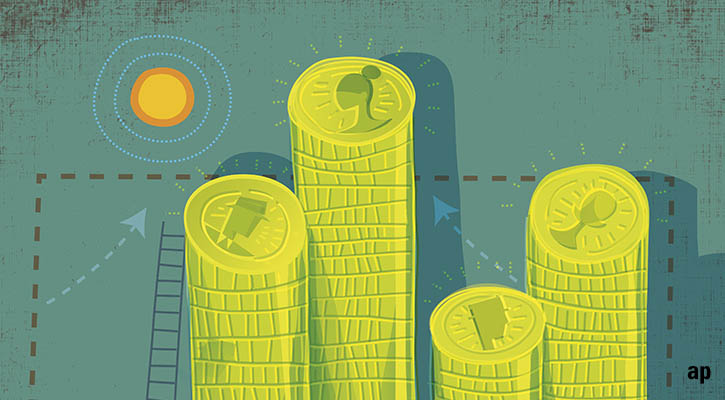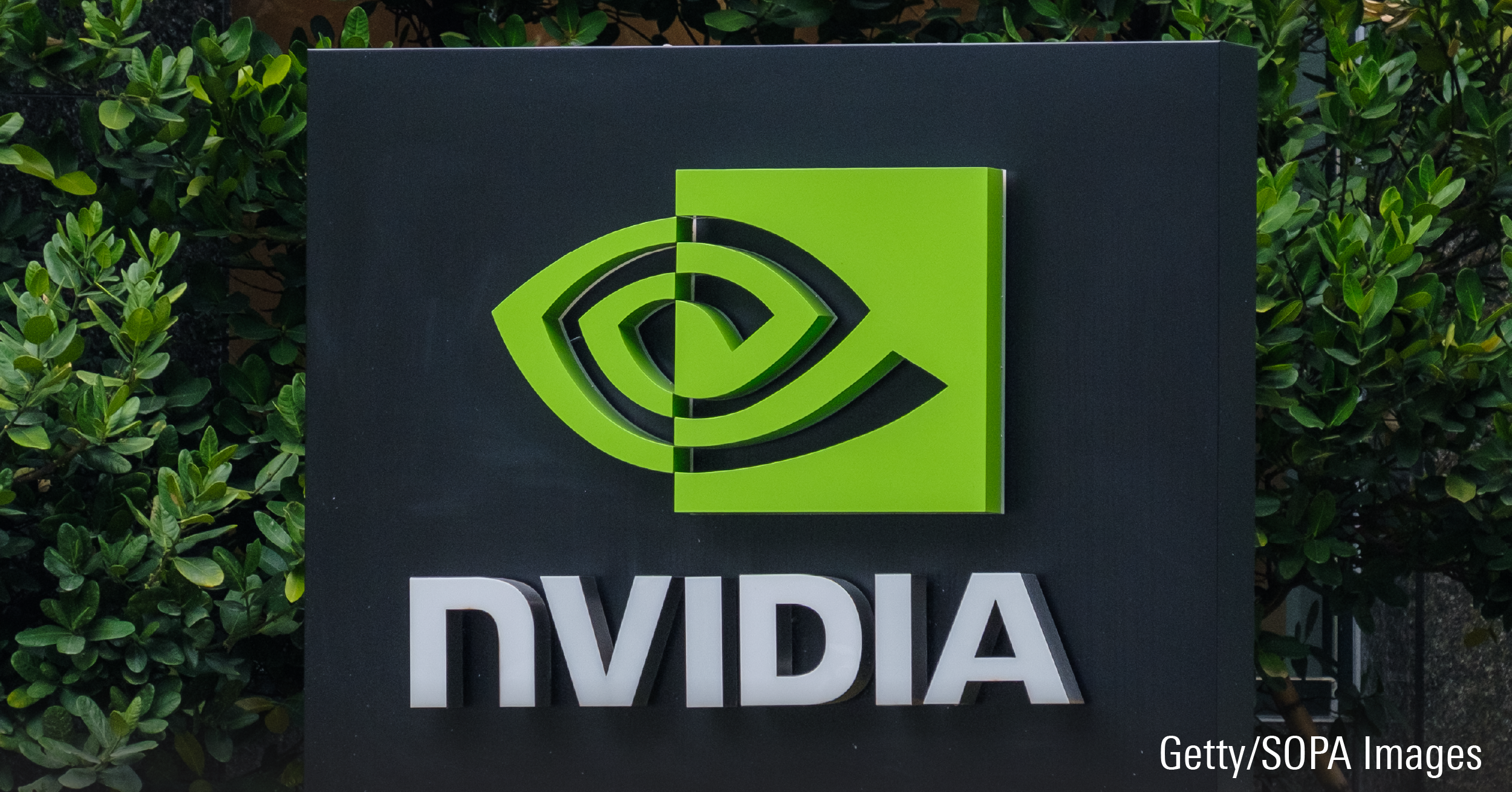Last year, global equity markets were largely stuck in a range, and growth themes that prevailed for several years continued to do so. "These stocks were able to consistently grow earnings and free cash flow and have attractive return of capital to shareholders, whether they were share buybacks or dividends," observes Greg Gipson, lead manager of BMO Global Equity Class and senior vice-president at Toronto-based BMO Asset Management Inc.
But January brought a change to markets, as the mood shifted to fear and investors sought safety in defensive stocks as well as government bonds. "We saw the confluence of several things. There was a movement to utilities and telecommunications providers. Meanwhile, there were slightly weaker fourth- quarter earnings," says Gipson, a 19-year industry veteran who joined BMO Asset Management in January 2010 after a decade working in Japan.
Gipson is referring to investors exiting stocks in the health-care, technology and consumer-staples sectors, which they previously favoured because of their growth dynamics. "The party is on pause, the reason being that in the short term there are not necessarily any catalysts for markets to go higher," says Gipson. "We're seven years into a bull market and we expect that with quantitative easing over in the U.S., support for asset pricing is diminishing somewhat."
Yet Gipson argues there are selective opportunities in health care and technology and materials, sectors which have to varying degrees been hit hard lately. "We had lightened up a bit coming into the end of the year, but with the recent weakness we've taken the opportunity to rebuild some positions. We're selectively re-investing in some names."
An investor who describes himself as style-neutral, Gipson employs a blend of fundamental stock-picking along with quantitative analysis to mitigate risk in the portfolio. "Fundamental analysis drives our stock selection, while the quantitative side is a means to portfolio construction and risk management. This allows us to balance the attractiveness of a stock against the risk and cost -- and maintain a consistent approach to managing the fund," says Gipson. He added that the fund's sector weightings do not stray too far from the benchmark MSCI World Index (C$).
On the growth side, Gipson likes ![]() Gilead Sciences Inc. (GILD), a California-based biotechnology firm that is a leader in the treatment of Hepatitis C. "They have the premier treatment which is more cost-effective than its competitors," says Gipson. "When you look at drug-makers, you need to look at efficacy and patient load. Gilead's is the most effective with the lowest load on the patient.
Gilead Sciences Inc. (GILD), a California-based biotechnology firm that is a leader in the treatment of Hepatitis C. "They have the premier treatment which is more cost-effective than its competitors," says Gipson. "When you look at drug-makers, you need to look at efficacy and patient load. Gilead's is the most effective with the lowest load on the patient.
The stock was as high as US$120 last year, slumped to about US$82 in January, but has lately recovered somewhat. "The stock was hit by the general selling of health care and the politicization of drug prices in the U.S.," says Gipson, noting that the presidential election campaign has cast some doubt on the direction of drug pricing.
Yet Gipson is staying the course, adding that Gilead's share price is now at "interesting" levels. "They are slowly building out their pipeline and have signed some exclusive deals with a number of major pharmacy chains, but not to the detriment of pricing."
Among Gipson's defensive strategies is indirect exposure to the price of gold bullion by investing in the gold-mining industry. One of his top holdings is Randgold Resources Ltd. (GOLD), a UK-listed gold producer that is primarily active in Mali. The stock has been a beneficiary of the recent sudden rise in gold bullion, which has broken out of a long-term malaise and this week was fetching about US$1,225 per ounce. Randgold's share price has risen more than 40% since mid-January.
"Their fourth-quarter numbers were strong on improved production, and lower cash costs. Their cash cost was US$630 per ounce in the fourth quarter, but they've done an extremely good job and are looking to bring that down below US$600 in 2016," says Gipson.
While Randgold's fundamentals are a key driver, Gipson believes that gold was poised to rebound, largely because the U.S. dollar is showing signs of weakening. The U.S. dollar's strength has been justified from an economic perspective, says Gipson, because the U.S. has had strong GDP growth and raised interest rates. "But if that strength is too fast and persistent, it actually hurts GDP growth." Indeed, U.S. companies with offshore assets are starting to show slower profits when they translated from weaker currencies.
If global growth is slowing, says Gipson, and "earnings revisions are consistently brought down, and there is an increasing belief that the U.S. will not raise interest rates four times, the currency could weaken."
Gipson expects that 2016 could be another range-bound year, like 2015. "That's why we're favouring companies with attractive growth profiles. There could be periods of disruption and volatility, which can present opportunities. As Baron de Rothschild used to say, 'Buy to the sound of cannons; sell to the sound of trumpets.' But you need to be selective."
















